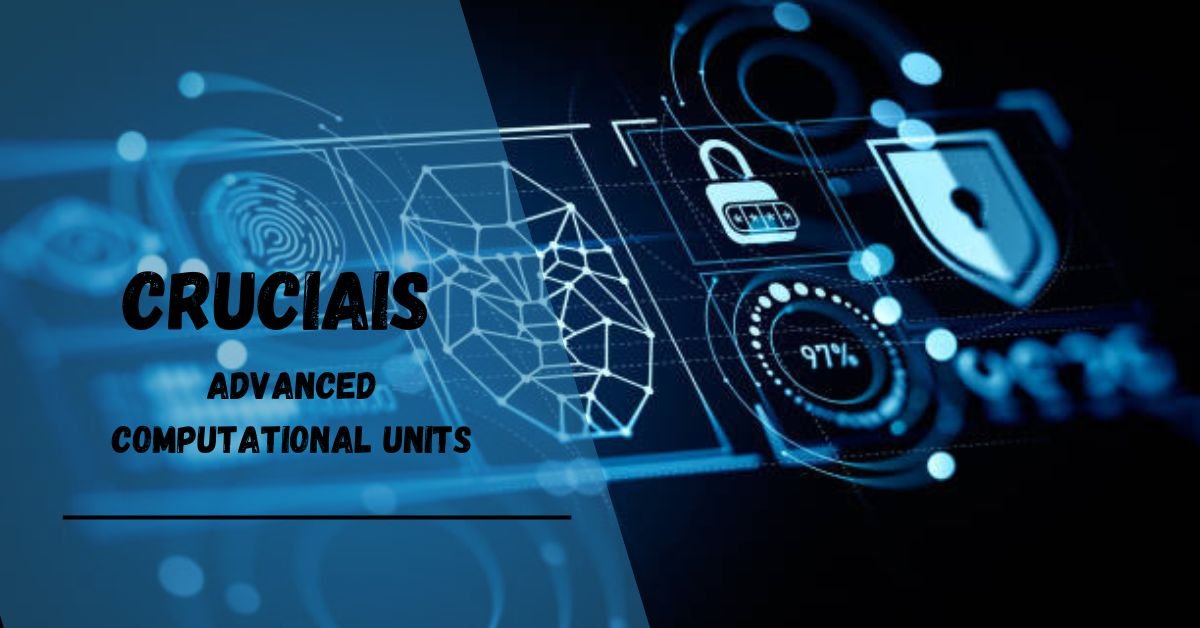In the ever-evolving world of technology, the term “Cruciais” is gaining significant traction. But what exactly are Cruciais, and why are they becoming so crucial in today’s digital landscape? This guide delves into the meaning, applications, benefits, and future trends of Cruciais, providing a detailed analysis to help you grasp their importance in modern computing.
What are Cruciais?
Cruciais are advanced computational units designed to enhance processing tasks in digital environments. The term blends “crucial” and “AI,” reflecting their importance in artificial intelligence (AI) and data processing. These units are engineered to handle complex algorithms and large-scale data efficiently, making them indispensable in various technological applications.
Key Characteristics:
- High Efficiency: Cruciais are built to deliver exceptional computational performance, making them ideal for intricate algorithms and data-intensive tasks.
- Versatility: They can be integrated into a wide range of devices and systems, improving their overall functionality and performance.
- Scalability: Featuring scalable architectures, Cruciais can be easily adapted and expanded to fit different computing environments.
What Are The Applications of Cruciais?
AI and Machine Learning:
Cruciais play a pivotal role in the fields of artificial intelligence and machine learning. Their advanced processing capabilities enable faster training and inference times for AI models. This acceleration is crucial for developing and deploying sophisticated algorithms used in tasks such as:
- Image Recognition: Enhancing the accuracy and speed of identifying objects and patterns within images.
- Natural Language Processing (NLP): Improving the ability of AI systems to understand and generate human language.
- Predictive Analytics: Speeding up the analysis of data to forecast future trends and outcomes.
Data Analytics:
In data analytics, Cruciais are instrumental in processing large volumes of data quickly and efficiently. Their capabilities enable:
- Real-Time Analytics: Processing data as it is generated, allowing for immediate insights and decision-making.
- Predictive Modeling: Analyzing historical data to predict future events and trends, which is valuable for strategic planning.
Cloud Computing:
Cruciais also enhance the performance of cloud computing environments. Their integration ensures:
- Optimal Resource Allocation: Efficiently distributing computing resources across various virtualized services.
- Improved Performance: Enhancing the speed and responsiveness of cloud-based applications and services.
What Are The Benefits of Using Cruciais?
Enhanced Performance:
Cruciais work faster and more efficiently than traditional processors. This means they reduce delays in processing tasks, which is important for real-time applications. They also provide quicker feedback and responses, especially when dealing with lots of data.
Cost Efficiency:
Cruciais are not only powerful but also budget-friendly. They offer more computing power for each dollar spent compared to older hardware. This helps organizations get the most value for their money by balancing performance with cost.
Future-Proofing Technology:
Cruciais are a smart investment for the future. They can grow with new technology, meaning they stay useful as tech advances. Their compatibility with upcoming technologies ensures they remain relevant for a long time.
Implementing Cruciais in Practical Scenarios – Industry Applications!
1. Healthcare:
Cruciais are making big changes in healthcare by speeding up tasks like analyzing genes and medical images. This helps doctors make faster and more accurate diagnoses and supports research to improve treatments. For example, Cruciais can quickly scan medical images to spot issues earlier or find patterns in genetic data that might indicate a risk of certain diseases.
2. Finance:
In finance, Cruciais help with things like stock trading and managing financial risks. They process lots of data quickly, allowing traders to make better decisions and manage their investments more wisely. For instance, Cruciais can analyze market trends in real-time, helping traders predict changes and react faster to market movements.
3. Automotive:
Cruciais also improve self-driving car technology by helping vehicles make quick decisions. They process data from sensors and cameras in real-time, which helps the car avoid obstacles and drive safely. For example, Cruciais can quickly detect and react to potential hazards on the road, improving overall vehicle safety.
Integration Considerations:
- Compatibility: Ensuring that Cruciais can seamlessly integrate with current technologies.
- Performance Optimization: Collaborating with IT professionals to optimize the deployment and configuration of Cruciais.
Future Trends and Innovations of Cruciais:
Advancements in AI Integration:
Cruciais will increasingly work with AI in the future. This means better neural networks that use Cruciais for more advanced AI tasks. Also, algorithms will get better and use Cruciais’ power to be more efficient and effective.
Quantum Computing Integration
Cruciais will play a big role in combining regular and quantum computers. This mix could lead to much faster and more powerful computing. It will also create new ways to use advanced computing technologies.
Environmental Sustainability:
There are efforts to make Cruciais more eco-friendly. Innovations may include better cooling systems that use less energy to keep things running smoothly. There will also be improvements in power management to reduce environmental impact while keeping high performance.
Frequently Asked Questions:
What are Cruciais in computing?
Cruciais are advanced computational units designed to optimize processing tasks, particularly in artificial intelligence and data-intensive applications. They are known for their high efficiency and scalability.
How does Cruciais improve AI and machine learning?
Cruciais enhance AI and machine learning by providing superior processing power and efficiency. They accelerate the training and inference times for AI models, enabling faster development and deployment of advanced algorithms.
What industries benefit from using Cruciais?
Cruciais benefit various industries, including healthcare, finance, and automotive. In healthcare, they aid in medical diagnostics and genome sequencing. In finance, they power algorithmic trading systems and risk management analytics. In automotive, they support autonomous driving technologies and real-time decision-making processes.
Are Cruciais cost-effective compared to traditional hardware?
Yes, Cruciais are designed to be cost-effective. They offer higher computational power per unit cost compared to traditional hardware solutions, making them a preferred choice for organizations aiming to optimize their IT budgets.
What is the future of Cruciais in computing technology?
The future of Cruciais looks promising with advancements in AI integration, quantum computing, and sustainability efforts. They are expected to play a key role in advancing AI-driven applications, integrating with quantum processors, and contributing to environmental sustainability.
Conclusion:
Cruciais are revolutionizing the field of computing with their exceptional performance and efficiency. As technology continues to advance, the role of Cruciais in shaping the future of digital innovation becomes increasingly significant. By understanding their capabilities and strategic applications, organizations can leverage Cruciais to achieve operational excellence and gain a competitive edge in the digital economy.





